Age range: Demographic
Gender: Demographic
Social Class: Demographic
Race/ Religion: Demographic
Lifestyles and aspirations: Psycho-graphic
Tastes and interests: Psycho-graphic
Age range: Demographic
Gender: Demographic
Social Class: Demographic
Race/ Religion: Demographic
Lifestyles and aspirations: Psycho-graphic
Tastes and interests: Psycho-graphic


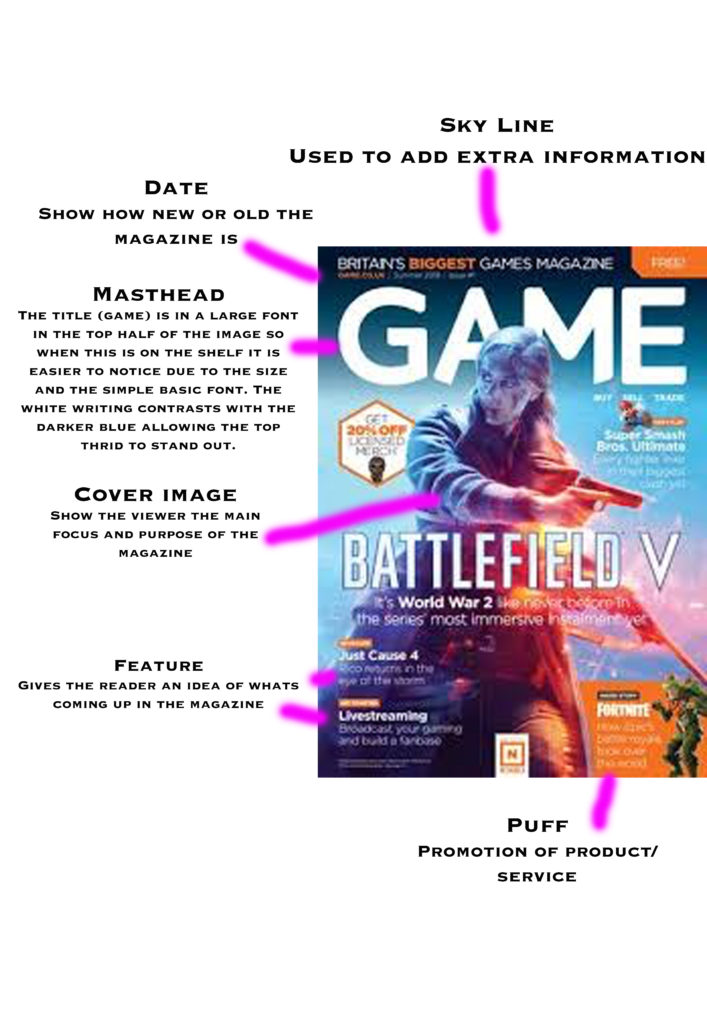

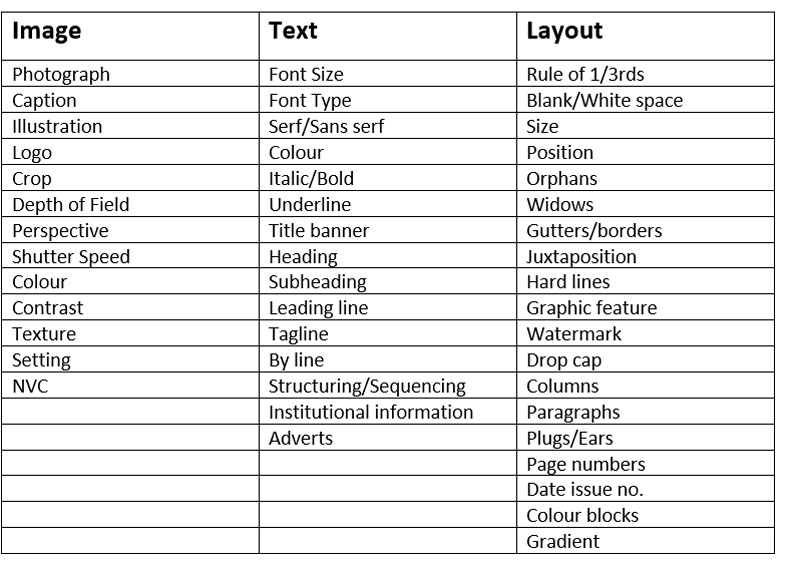
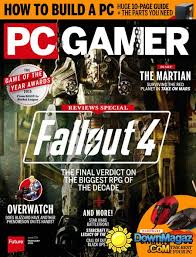




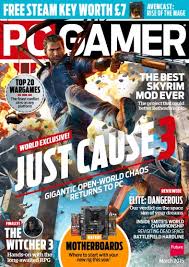


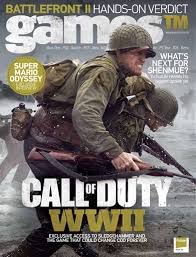



-More effort to pick up from a shop compared to making online
-Magazines companies make less profit because it is more money to produce
-Their printers don’t become of use because they are used less
-Had to stay relevant against digital content because it is easier to update
-Easier to share faster using viral marketing to a lot more quickly.
-Uses environmental resources
-Takes up physical space
Pierce- American philosopher, logician, mathematician, and scientist
Saussure- A Swiss linguist and semiotician
Semiotics- The study of signs and symbols
Sign- An indicator to a greater picture.
Signifier- A sign’s physical form (such as a sound, printed word, or image) as distinct from its meaning
Signified- The meaning or idea expressed by a sign
Icon- Person or thing regarded as a representative symbol
Index- A sign that has a link to its object
Symbol- Thing that represents or stands for something else
Code- A system of words, letters, figures, or symbols used to represent another meaning.
Dominant Signifier- the main sign and communicator
Anchorage- Words “pin down” the meaning of an image
Ideology- Set of opinions or beliefs by an individual or group
Syntagm- A set of linguistic forms that are in a relationship to one another
Signification- The representation or conveying of meaning
Denotation- The literal or primary meaning of a word
Connotation- An idea or feeling which a word invokes for a person in addition to its literal or primary meaning
Myth- A belief or story that isn’t proven a fact.
Dominant Ideology- main or primary belief
A radical text- a person with extreme views
A reactionary text- A person or belief opposing a radical text
An iconic sign – which has a direct connection to its’ object (ie it looks or sounds like the object): 1. Two people’s faces are on the front cover making it iconic 2. There are pictures of the cars which look similar to real life. 3.
An indexical sign – which has an indirect link to its’ object (think smells 1. F1 logo links to motor sport and racing 2. Title “Racing review” creates a link to motor sport and competition between people to reach a place/ person first 3. Their fire proof suits link to safety and fear of being hurt or injured.
With my personal attempt at making a Boys’ life magazine, I wanted to oppose the stereotype of a Males exploring and doing dangerous activities by including a Female having fun and doing an extreme sports. This may shock people because you expect a man to be surfing, and not a Female.
I chose the words “Wild”, “free” and “you” because of the freedom and excitement to show and support of opposing to dominant ideology in the sense that, people picture Females staying home, out of danger and doing more practical activities and tasks. The word “you” implies that anyone can do anything and is designed to make the reader feel included and apart of the movement and targeted to feel welcome and motivated. “Free” can also show that you have no limits and you can do anything you want to do and be who you want to be.
